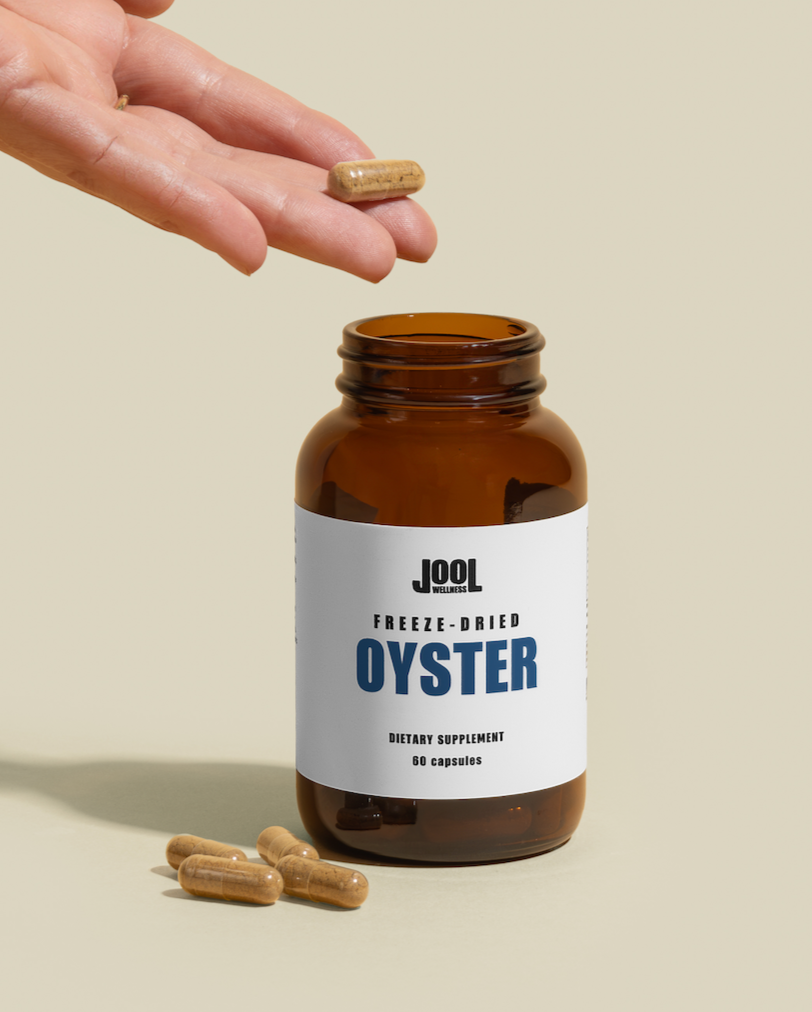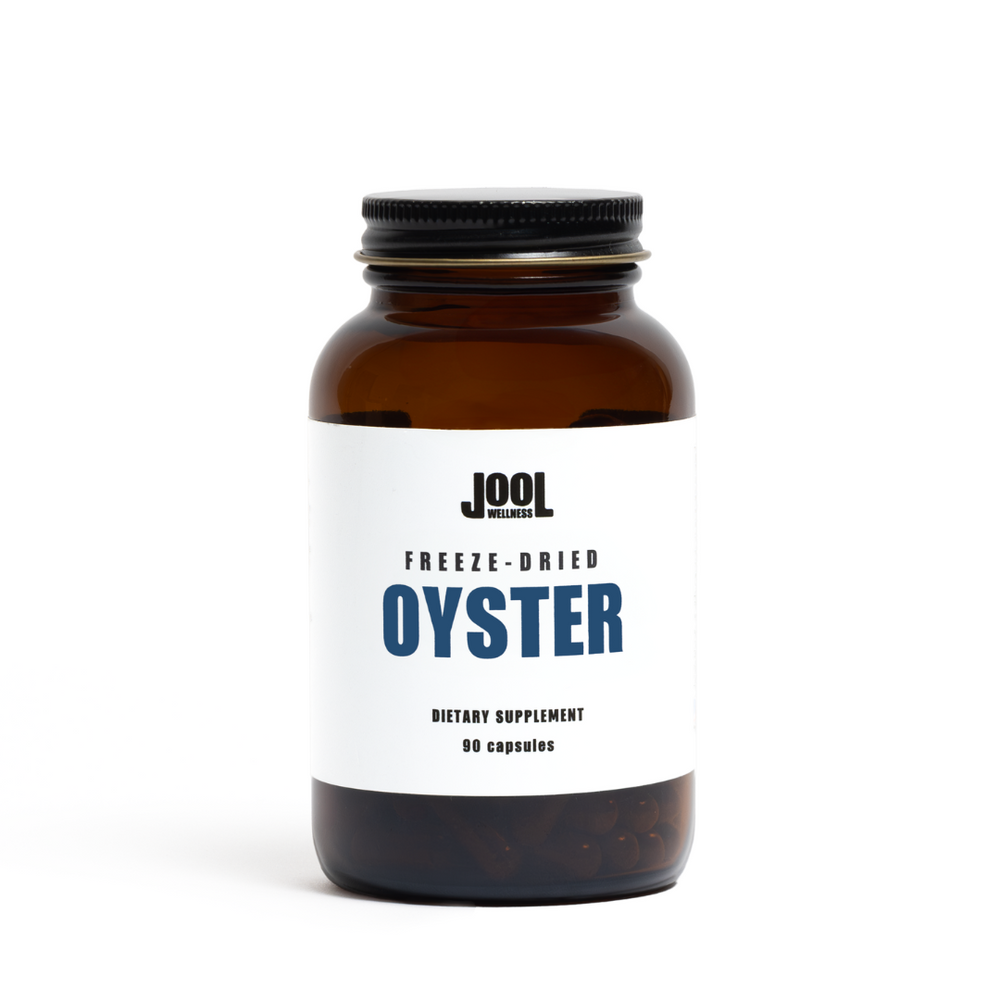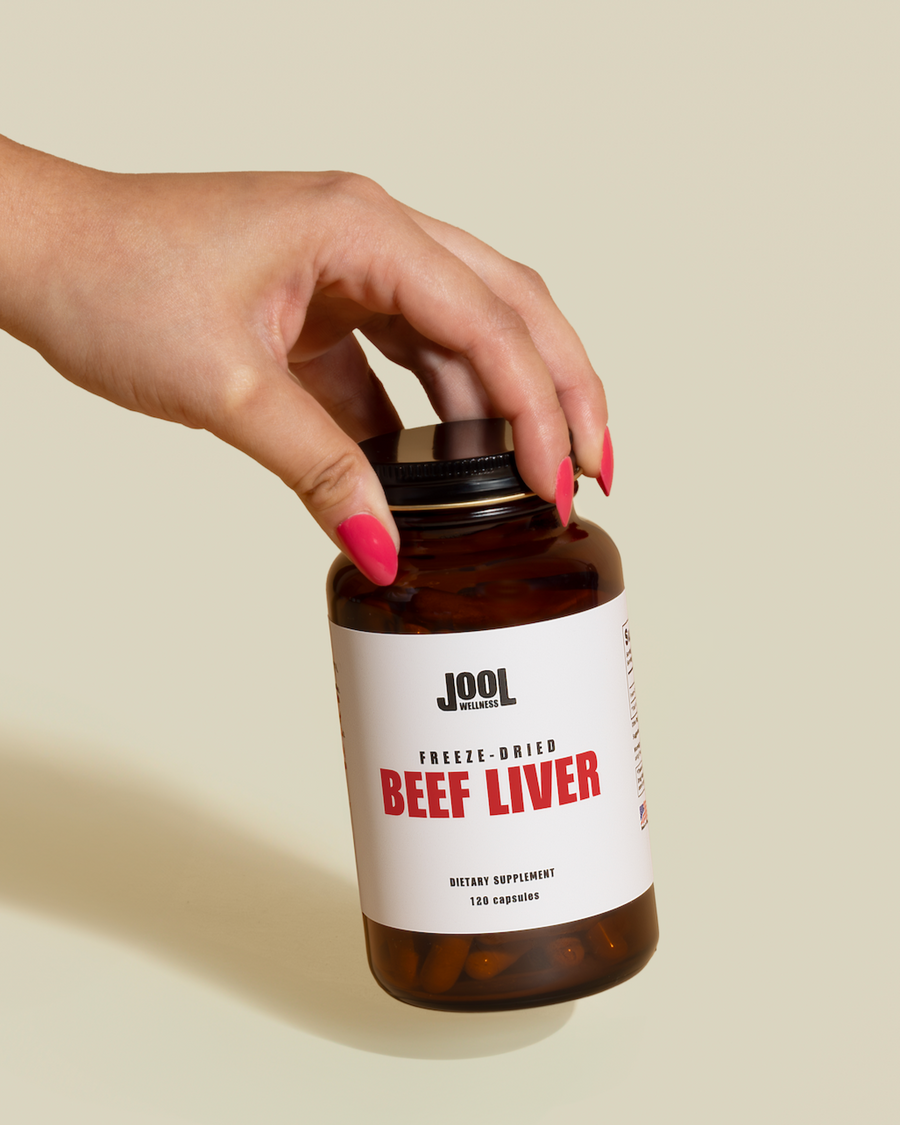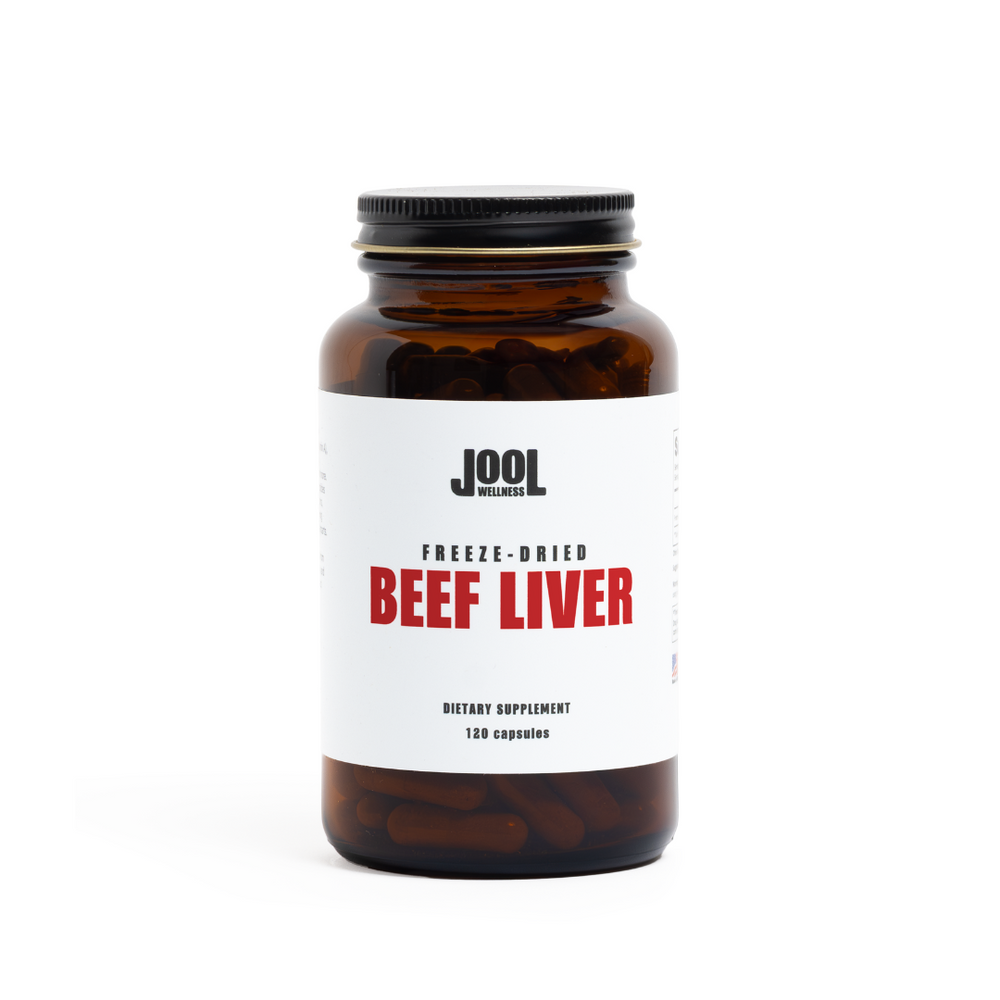Freeze-Dried vs. Desiccated: Why It Matters for Nutrient-Rich Supplements
When it comes to choosing high-quality organ supplements, understanding how they're made is just as important as what’s in them. The preservation method—freeze-dried vs. desiccated—can significantly affect nutrient integrity, bioavailability, and ultimately, your results.
At Jool Wellness, we’re committed to delivering the most nutrient-dense whole-food supplements available. That’s why we choose freeze-drying over desiccation for our beef liver and oyster supplements—to protect potency, preserve delicate nutrients, and give you the highest quality support for hormone health, energy, skin, and fertility.
🧊 What is Freeze-Drying?
Freeze-drying (also known as lyophilization) is a slow, cold process that removes moisture by first freezing the material, then using a vacuum to turn ice directly into vapor (sublimation). Temperatures remain well below freezing for most of the process, typically between -30°C to -50°C, ensuring that heat-sensitive vitamins, peptides, enzymes, and cofactors stay intact.
Key Benefits of Freeze-Drying:
-
Preserves heat-sensitive nutrients like vitamin A, B12, CoQ10, omega-3s, and peptides
-
Maintains the natural structure and bioavailability of nutrients
-
Prolongs shelf life without artificial preservatives or additives
-
Results in a lightweight, shelf-stable, and ultra-clean product
🔥 What is Desiccation?
Desiccation (or dehydration) removes moisture using high heat, often between 60°C to 100°C or more. While it’s faster and more affordable, the downside is that high heat can degrade important nutrients—especially those critical for hormone and fertility health, like B vitamins and delicate proteins.
Potential Downsides of Desiccation:
-
Heat can denature proteins and break down vitamins
-
Reduced nutrient bioavailability
-
May result in a less potent supplement
🧬 Why Nutrient Preservation Matters
If you're taking beef liver or oyster supplements for hormone balance, skin health, energy, fertility, or thyroid support, then nutrient integrity is non-negotiable. Nutrients like vitamin A, heme iron, B12, zinc, copper, selenium, and omega-3s are sensitive to heat. If they're lost during processing, you're not getting the full benefit.
This is why we choose freeze-drying—because your body deserves real nourishment, not just a label claim.
📚 Research That Supports Freeze-Drying
-
A study published in the Journal of Food Engineering found that freeze-drying retained up to 97% of vitamin C content, compared to as low as 50% with hot-air drying.
-
Another study in Foods (2020) noted that freeze-dried organ meats showed higher retention of micronutrients and better color stability, indicating lower degradation of the natural food matrix.
🥩 🦪 Elevate Your Health with Whole-Food Ancestral Nutrition
When it comes to nourishing your body with nature’s multivitamins, quality matters. Our freeze-dried Beef Liver and Oyster Supplements are crafted with precision to ensure you get maximum bioavailability in every capsule.
✅ 100% New Zealand-sourced
✅ No fillers or flow agents
✅ Third Party lab-tested
💫 Ready to Feel the Difference?
Fuel your body with real nutrients from whole foods—exactly how nature intended.
👉 Explore Our Beef Liver and Oyster Supplements and experience the cleanest, most effective support for your health journey.
References
-
A Comparative Evaluation of Freeze-Drying, Hot-Air Drying, and Sun Drying on Physicochemical Properties
Journal of Food Engineering.
https://www.sciencedirect.com/science/article/pii/S002364382500194X -
Impact of Drying Methods on Antioxidants and Phenolic Compounds in Fruits
Scientific Reports (Nature Portfolio).
https://www.nature.com/articles/s41598-022-10661-7





